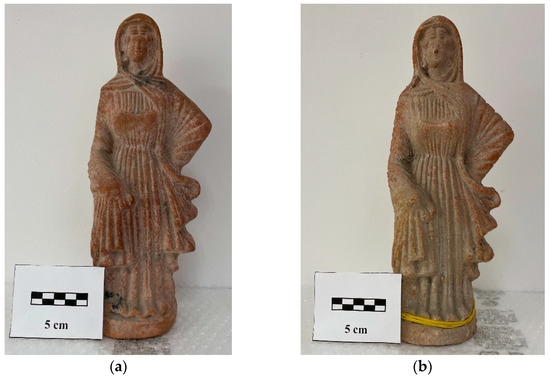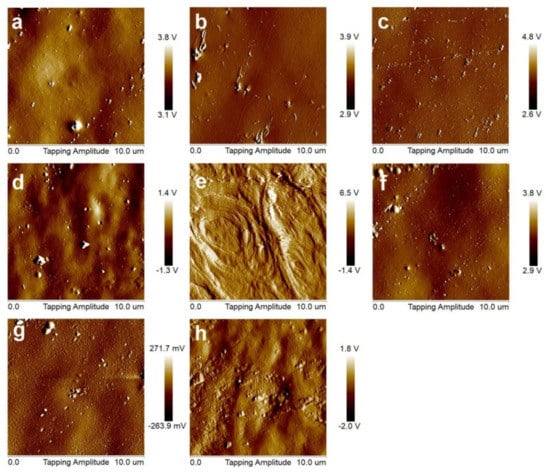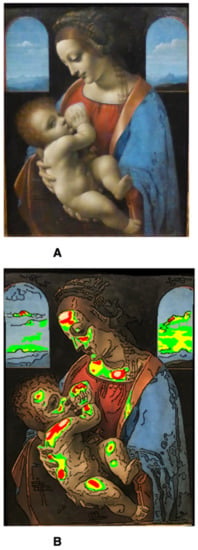Feature Papers
A topical collection in Heritage (ISSN 2571-9408).
Viewed by 169891Editors
Interests: electromagnetic scattering; radar imaging; ground penetrating radar; data integration; non-invasive monitoring tools
Special Issues, Collections and Topics in MDPI journals
Interests: heritage science; remote sensing in archaeology; architectural conservation; archaeological science; humanities
Special Issues, Collections and Topics in MDPI journals
Topical Collection Information
Dear Colleagues,
We plan to publish a Special Issue on "Feature Papers" in order to give a broad overview of our area. We are looking for top-quality papers which will be published free of charge in Open Access form. Authors will be the editorial board members and researchers invited by the editorial office and the Editor-in-Chief. Papers could be both long research papers and papers describing the current state-of-the-art in one of the areas covered by the journal.
Dr. Francesco SoldovieriDr. Nicola Masini
Guest Editors
Manuscript Submission Information
Manuscripts should be submitted online at www.mdpi.com by registering and logging in to this website. Once you are registered, click here to go to the submission form. Manuscripts can be submitted until the deadline. All submissions that pass pre-check are peer-reviewed. Accepted papers will be published continuously in the journal (as soon as accepted) and will be listed together on the collection website. Research articles, review articles as well as short communications are invited. For planned papers, a title and short abstract (about 100 words) can be sent to the Editorial Office for announcement on this website.
Submitted manuscripts should not have been published previously, nor be under consideration for publication elsewhere (except conference proceedings papers). All manuscripts are thoroughly refereed through a single-blind peer-review process. A guide for authors and other relevant information for submission of manuscripts is available on the Instructions for Authors page. Heritage is an international peer-reviewed open access monthly journal published by MDPI.
Please visit the Instructions for Authors page before submitting a manuscript. The Article Processing Charge (APC) for publication in this open access journal is 1600 CHF (Swiss Francs). Submitted papers should be well formatted and use good English. Authors may use MDPI's English editing service prior to publication or during author revisions.





































